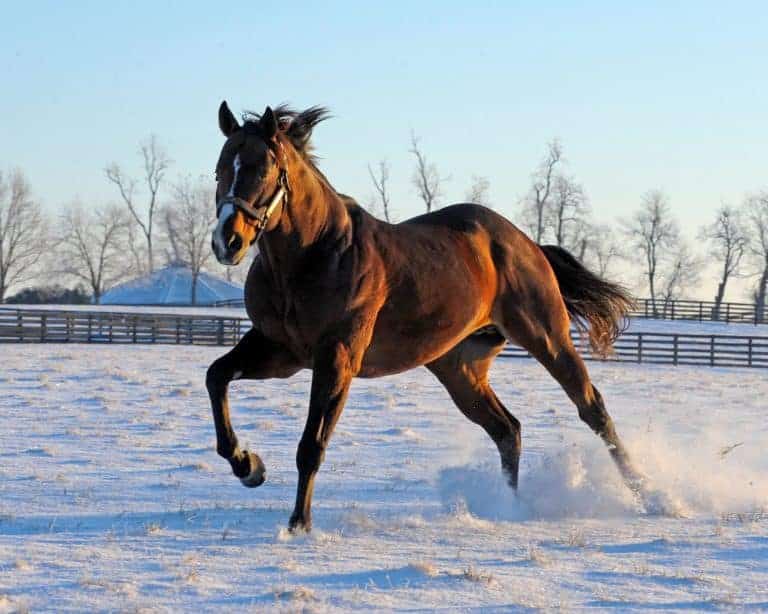First National Equine Identification Symposium to be Held
The National Institute for Animal Agriculture (NIAA) has announced that the first-ever National Equine Identification Symposium will be held at ID/INFO EXPO 2002, a conference and trade show devoted to the subject of animal identification and















